| Original image | Tape reconstruction | MURA reconstruction | MLS reconstruction | Phase reconstruction | FZA reconstruction |
|---|---|---|---|---|---|
 |
 |
 |
 |
 |
 |
 |
 |
 |
 |
 |
 |
 |
 |
 |
 |
 |
 |
 |
 |
 |
 |
 |
 |
 |
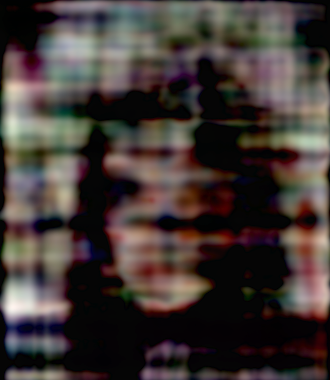 |
 |
 |
 |
 |
 |
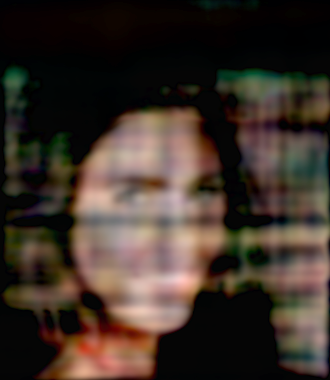 |
 |
 |
 |
 |
 |
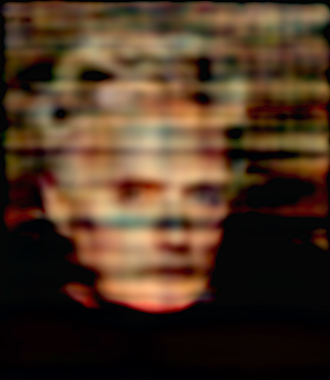 |
 |
 |
 |
 |
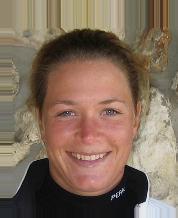 |
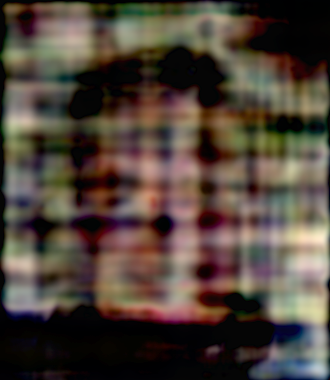 |
 |
 |
 |
 |
 |
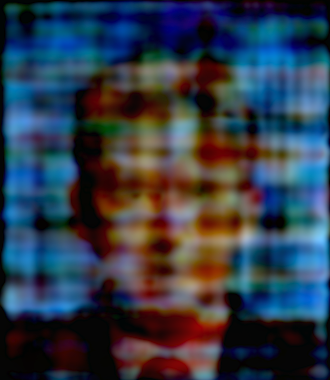 |
 |
 |
 |
 |
 |
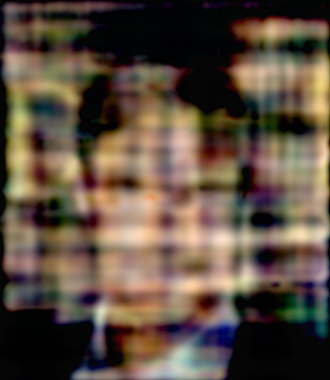 |
 |
 |
 |
 |
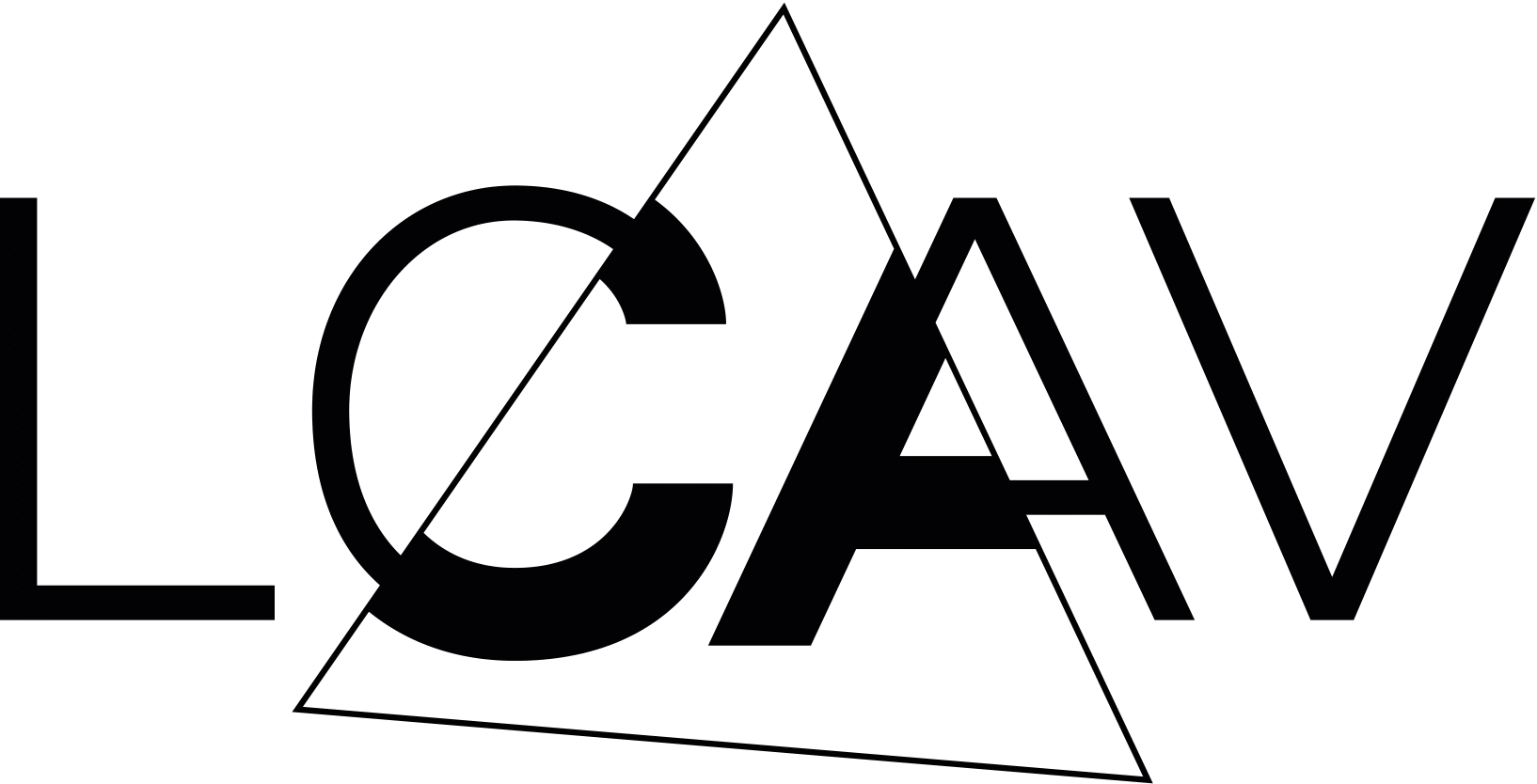
A hardware and software toolkit for lensless computational imaging with Raspberry Pi
We subjected each mask variant to the same simulation and reconstruction in order to determine which one is the most performant. Since all masks are not separable, the lensless capture simulation has been done using the convolution model from waveprop: $$ Y = A * X $$ The reconstruction has been done with the ADMM algorithm (Alternating Direction Method of Multipliers) and the test images are extracter form the CelebA dataset.
| Mask | Tape | MURA | MLS | Phase | FZA |
|---|---|---|---|---|---|
| MSE | 0.067 | 0.070 | 0.069 | 0.053 | 0.053 |
| PSNR | 12.81 | 12.55 | 12.53 | 13.70 | 14.16 |
| SSIM | 0.407 | 0.492 | 0.484 | 0.503 | 0.492 |
| LPIPS | 0.553 | 0.561 | 0.570 | 0.546 | 0.566 |
Phase masks and FZA masks stand out in terms of performance. The former exhibits better SSIM and LPIPS, while the latter shows better PSNR. According to the reconstructions below, the FZA mask takes the lead due to reduced artifacts in the resulting images compared to the other masks. In contrast, the coded masks demonstrate less satisfactory performance than the adhesive tape in the reconstruction method used. Although the images are partially recognizable, small details such as the eyes, mouth, and nose are not visible.
| Original image | Tape reconstruction | MURA reconstruction | MLS reconstruction | Phase reconstruction | FZA reconstruction |
|---|---|---|---|---|---|
 |
 |
 |
 |
 |
 |
 |
 |
 |
 |
 |
 |
 |
 |
 |
 |
 |
 |
 |
 |
 |
 |
 |
 |
 |
 |
 |
 |
 |
 |
 |
 |
 |
 |
 |
 |
 |
 |
 |
 |
 |
 |
 |
 |
 |
 |
 |
 |
 |
 |
 |
 |
 |
 |
 |
 |
 |
 |
 |
 |